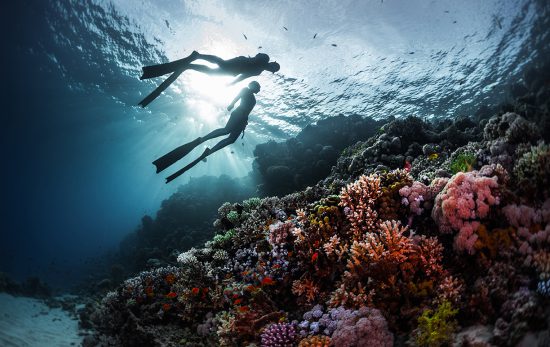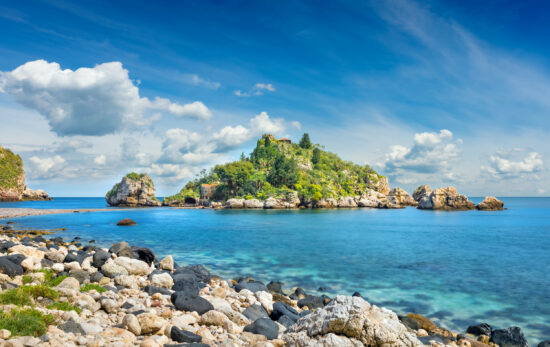Deciding which agency to choose for your freediver course can be like unravelling a ball of string; where do you start?
There’s lots to consider: freedive certification requirements, style of training materials, affiliated instructors and school locations.
While geography is a useful starting place, I wouldn’t make it the basis of your decision-making. More important is who your teacher is and the type of training on offer.
Having trained initially with Apnea Total and after revisiting freediver basics with PADI®, here’s 4 reasons why the training program offered by PADI better suits my learning style.
Accessible
PADI offers tablet-based training modules in the form of its Freediver Touch™. Featuring PADI Freediver™, PADI Advanced Freediver and PADI Master Freediver, it makes all three levels accessible, so if you want to look at the more advanced program materials then you can. Although, until you’ve mastered the basics of the entry-level Freediver it’s not advisable to do so. The Freediver Touch does a great job of making a lot of complex information, fairly simple. It addresses common questions in the module objectives and provides easy-to-follow answers through video format.
Comprehensive
PADI encourages self-study using its Freediver Touch prior to starting with the instructor and then after, to reinforce what you’ve learnt in the classroom. Both the independent study part and the classroom sessions are followed by a knowledge review (multiple choice quiz), where any questions answered incorrectly are explained again to ensure competency. This method of: self study – review – instruction – review; really helped me to absorb the knowledge easier than when I learnt previously. Making me feel much more confident and capable overall.
Progressive
When I started freediving I was encouraged to explore my capabilities and trust that my body knew when to push forward and when to hold back. This advice helped me to achieve remarkable things quite quickly. What it didn’t prepare me for was knowing how to incrementally add to my dive depths or times in a safe manner. The PADI Freediver training is less maverick and tries to instil a sense of observation and awareness over assessing your body’s capabilities and limits more progressively.
Considerate
A small element of the PADI Freediver, but significant nonetheless, is its module on aquatic life. You’re taught to behave with consideration to ensure that coral, fish and other aquatic species are in no way harassed or damaged by your presence. This part of the course is useful to anyone who hasn’t much experience interacting with life underwater and a good reminder to everyone else to tread (or fin) lightly in the water.
In summary
The PADI Freediver explains about the science, skills, safety, and environmental elements of freediving using simple formats that are accessible before, during and after the course is over. It makes complex information easy to follow and teaches you to freedive within your limits and explore your capabilities progressively. For these reasons, and because PADI also sets the tone for behaving considerately underwater, I found it a great course for freediving.
Next up, the importance of choosing the right PADI Freediver instructor to deliver your course.
Author Bio
S.J’s journey into freediving began in Utila, Honduras in 2017. Since then she’s been freediving in Canada, Dahab, Tenerife and the U.K and practices freediving for all dynamic and depth disciplines. Follow her freediving adventures on Instagram and for freediving, or water-related copywriting and marketing visit her website The Content Marketing Club.





